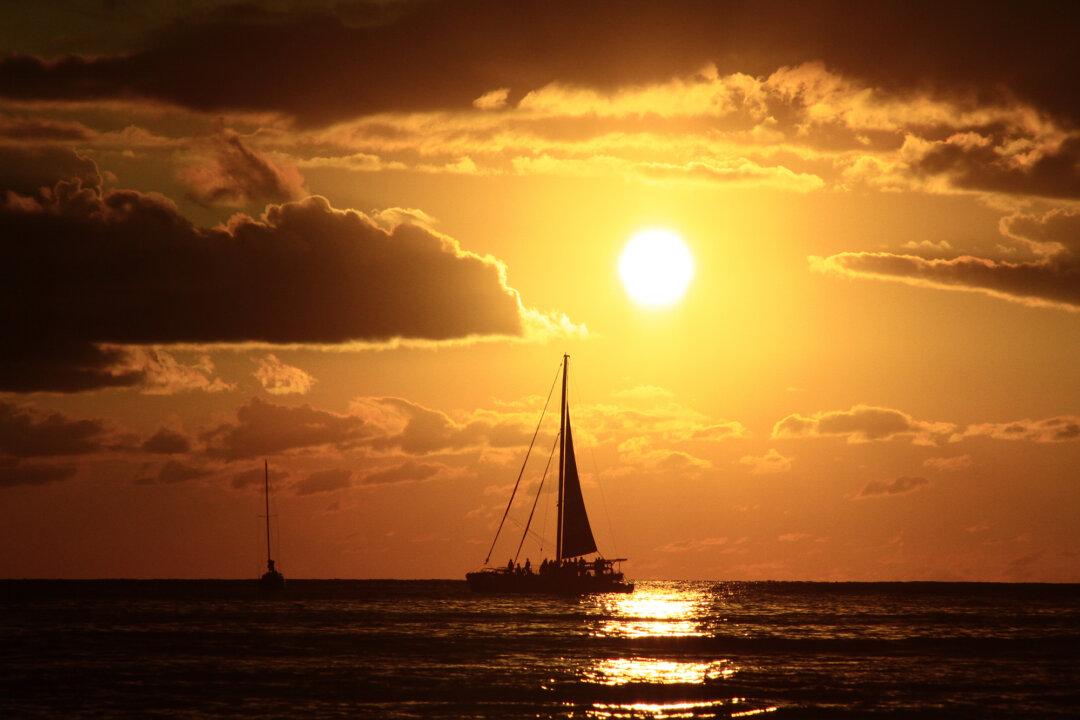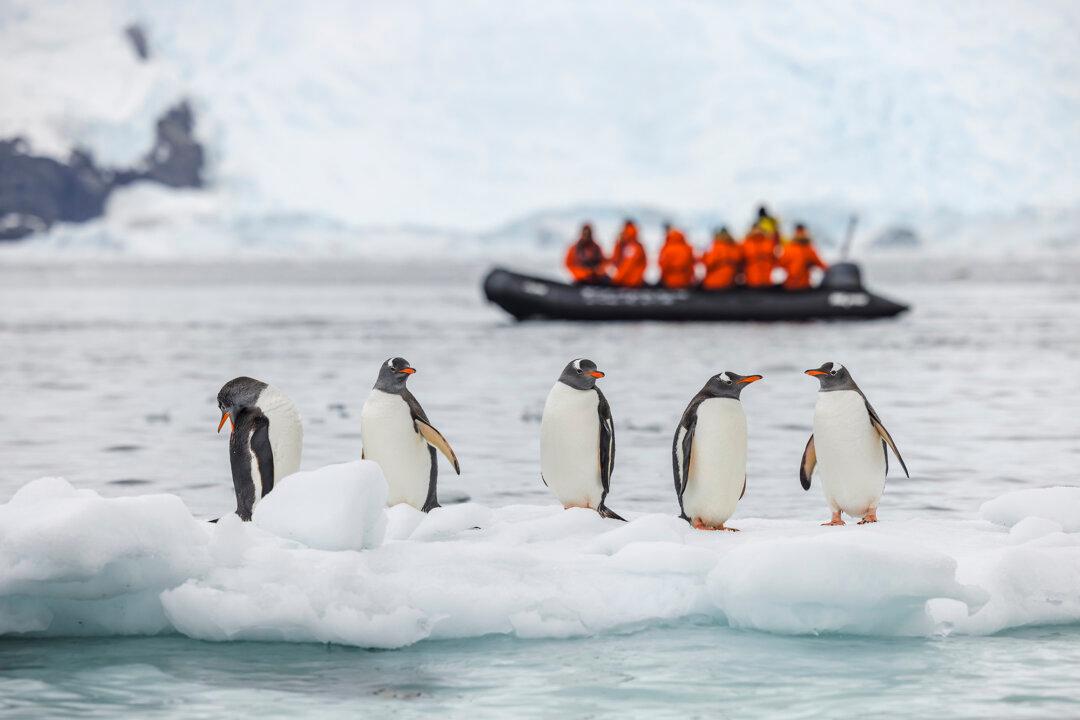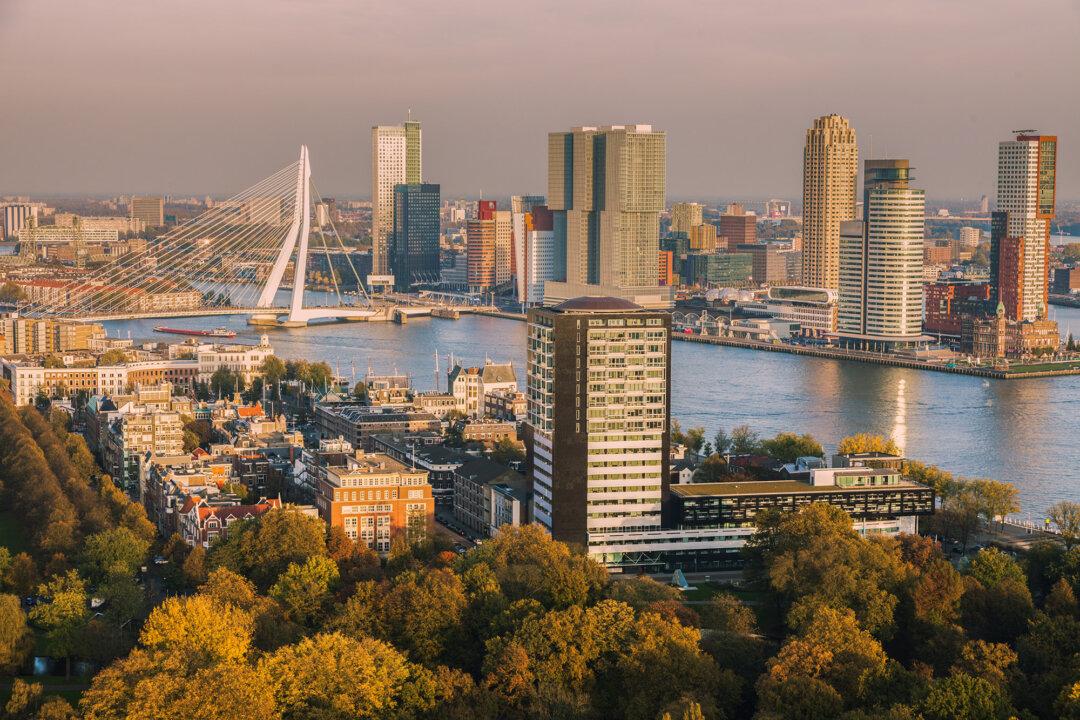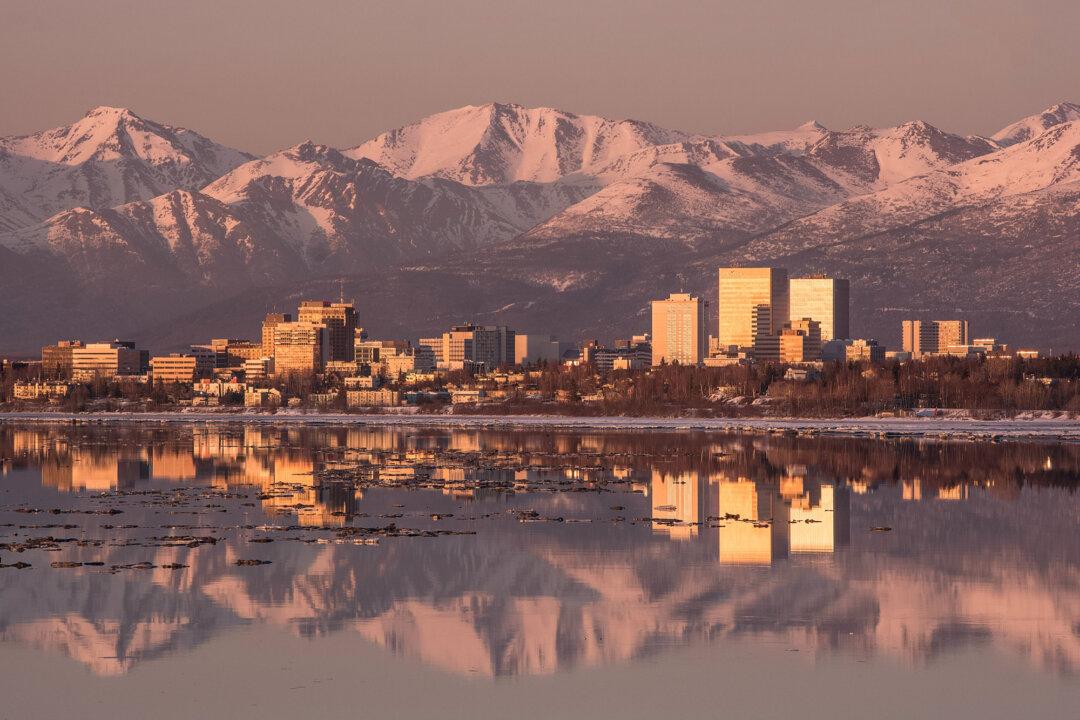Once, back in 1915, the streets of Warsaw flowed with vodka. Hoping to strike a blow at the soul of the Polish people, retreating Russian soldiers in the First World War dumped more than 2.5 million gallons of Luksusowa and Wyborowa, leaving the streets outside of the country’s largest distillery soaked with the good stuff. But the Poles don’t give up easily—especially when it comes to their favorite beverage, and, many will tell you, their national treasure.
These days, walking through a hulking industrial building, once abandoned but recently revitalized and transformed into the largest museum of its kind on earth, this spirit was all around me—even under my feet, with the floors made from the wooden staves of vodka barrels.





